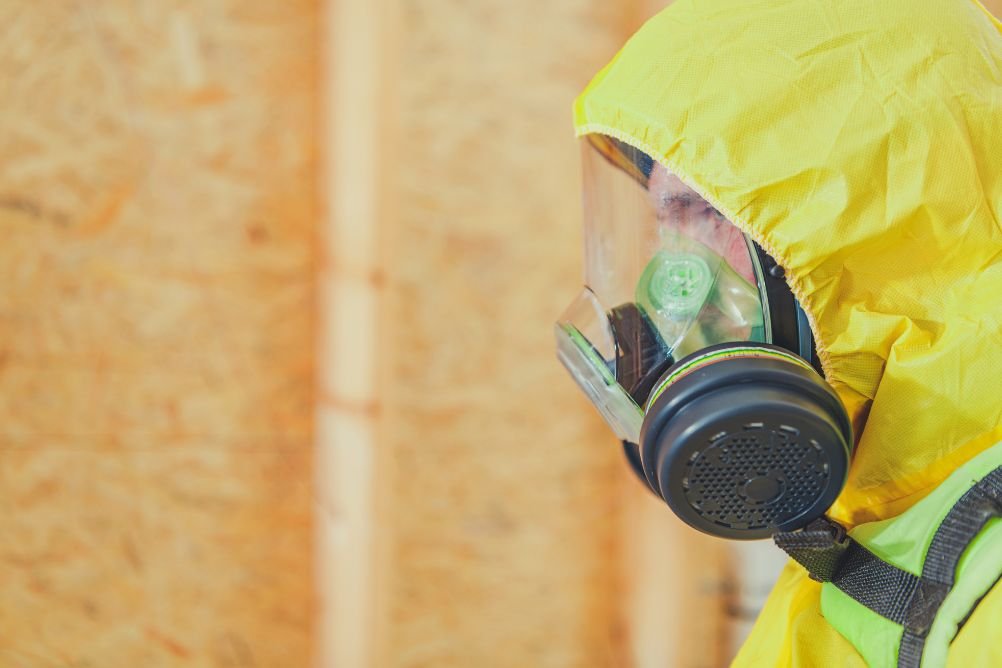
The proper handling and removal of hazardous materials (HAZMAT) is crucial to safeguarding both human health and the environment. However, traditional methods of HAZMAT removal often contribute to environmental degradation. In this blog post, we will explore sustainable approaches to HAZMAT removal services that prioritize minimizing environmental impact. By adopting these approaches, we can ensure the safe removal of HAZMAT while preserving the health and well-being of our planet.
UNDERSTANDING THE ENVIRONMENTAL IMPACT OF HAZMAT
HAZMAT materials contain substances that can pose significant risks to ecosystems and human health. Chemical spills, improper disposal, and outdated removal techniques can result in soil and water contamination, air pollution, and ecological imbalances. Recognizing the environmental consequences of HAZMAT mishandling underscores the importance of implementing sustainable practices.
PRIORITIZING PREVENTION AND RISK ASSESSMENT
One of the most effective ways to minimize environmental impact is to focus on prevention and risk assessment. By conducting thorough evaluations of potential HAZMAT sources and identifying safer alternatives, we can reduce the need for removal services. Employing environmentally friendly technologies and processes, such as using less toxic materials or implementing strict containment measures, can also help prevent incidents and mitigate environmental damage.
EMBRACING GREEN HAZMAT REMOVAL TECHNOLOGIES
Advancements in technology have given rise to innovative and eco-friendly approaches to HAZMAT removal. For instance, bioremediation techniques utilize natural organisms to break down and eliminate hazardous substances, reducing the reliance on harsh chemicals. Additionally, vacuum extraction systems and advanced filtration methods can be employed to remove contaminants without causing additional harm to the environment.
RECYCLING AND RESOURCE RECOVERY
Traditional HAZMAT removal often involves disposing of materials in landfills, which can further burden the environment. However, sustainable approaches promote recycling and resource recovery whenever possible. Many hazardous materials, such as certain metals and solvents, can be recycled or reprocessed into new products, reducing the need for raw materials and minimizing waste.
COLLABORATION AND TRAINING FOR SUSTAINABLE PRACTICES
Developing sustainable approaches to HAZMAT removal requires collaboration between various stakeholders, including government agencies, businesses, and the public. Educating and training professionals in proper handling and disposal methods, as well as providing them with access to updated information and guidelines, is crucial for implementing sustainable practices throughout the industry. By working together, we can foster a culture of environmental responsibility in HAZMAT removal services.
MONITORING AND CONTINUOUS IMPROVEMENT
To ensure the long-term effectiveness of sustainable approaches to HAZMAT removal, monitoring and continuous improvement play a vital role. Regular assessments and monitoring of removal processes and their environmental impact allow for the identification of areas for improvement. By collecting data on the efficiency, effectiveness, and environmental outcomes of HAZMAT removal projects, we can refine our strategies and implement more sustainable practices. This ongoing evaluation and adaptation enables us to stay at the forefront of environmentally responsible HAZMAT removal, constantly striving to minimize our impact and protect our ecosystems.
Through a commitment to monitoring and continuous improvement, we can maintain sustainable practices that align with the evolving needs of our environment and society.
Minimizing the environmental impact of HAZMAT removal services is a shared responsibility. By embracing sustainable approaches such as prevention and risk assessment, green technologies, recycling, and collaboration, we can significantly reduce the ecological footprint associated with HAZMAT removal. It is essential to prioritize these practices to protect our planet for future generations. Let us commit to making sustainable choices in HAZMAT removal, ensuring a healthier and safer environment for all.





